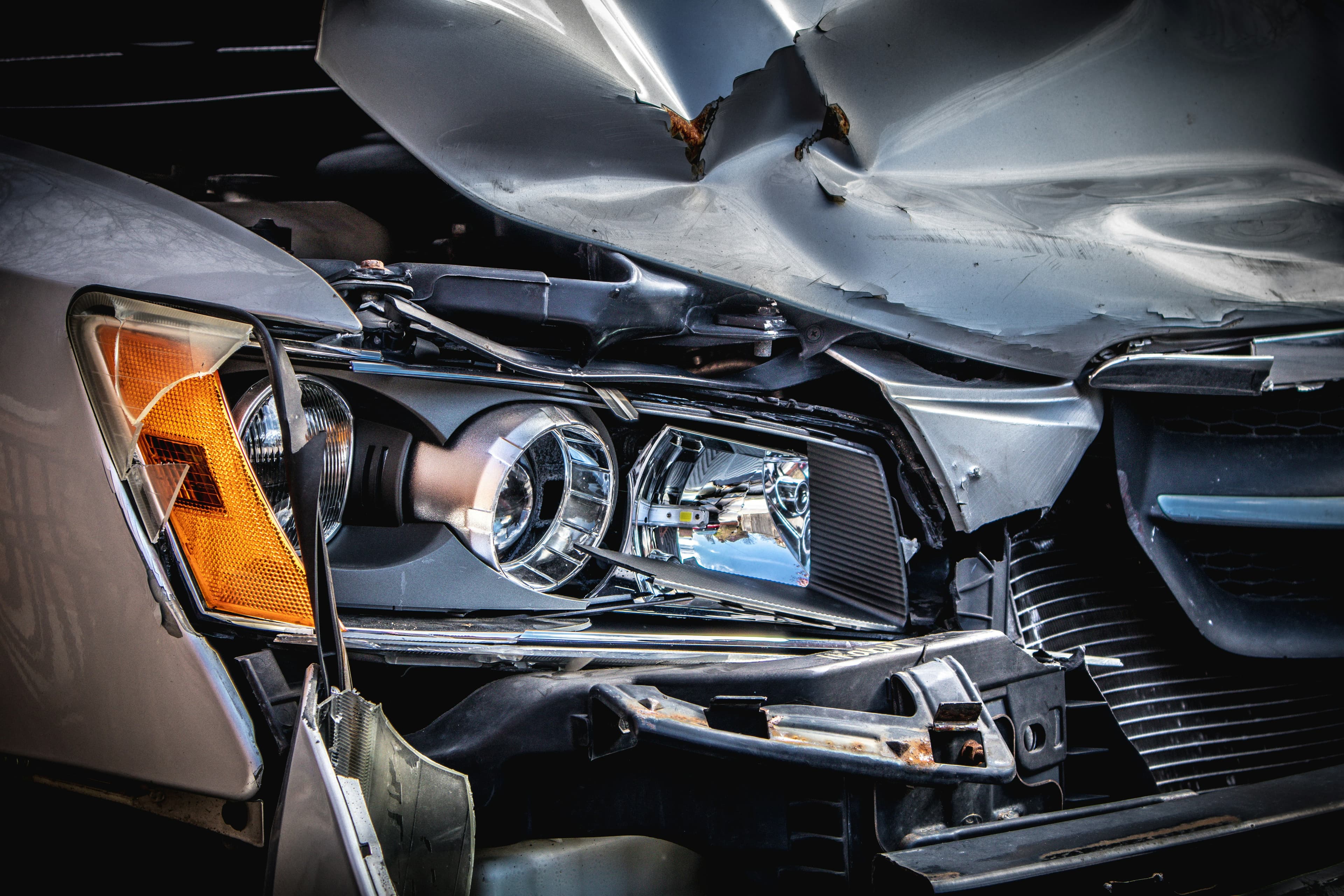Featured
Oct 13, 2025
Distracted Driving in Illinois: How Insurance Companies Will Use It Against You
The Scope of Distracted Driving Distracted driving is arguably the leading cause of car crashes in Illinois. Thousands of accidents each year involve drivers whose attention was pulled away by phones, navigation, or even small tasks like adjusting...

Aug 13, 2025
Medical Malpractice in Wisconsin: What Patients Need to Know
When medical errors occur, the consequences can be severe, and patients are entitled to explanations. Wisconsin law offers protections for people harmed by medical negligence, but these cases are complex. If you or a loved one has been injured by ...

Jul 21, 2025
Pedestrian Accidents in Illinois: What Injured Pedestrians Should Know
Pedestrian accidents remain a serious problem in Illinois and across the nation. In 2024, Illinois saw 219 pedestrian fatalities, a nearly 10% increase from the previous year. Pedestrians are among the most vulnerable road users, so it’s critical ...

Jun 18, 2025
What to Do After a Car Accident in Illinois
Accidents happen fast, and the aftermath can be overwhelming. If you’re involved in a car accident in Illinois, knowing what steps to take can protect your health, your rights, and any claim you may file.

Aug 31, 2024
Why Are Speeding Trucks More Likely To Cause Accidents | IL
Truckers often have tight delivery schedules, which may motivate them to break speed limits or drive faster than they should for road or weather conditions. While any speeding driver can cause an injury accident, large trucks have specific factors...

Aug 28, 2024
Why Should You Take Photos At Your Injury Accident Scene Il
There are countless articles detailing steps you should take after an accident. The advice varies, but most lists include taking photos at the scene of your personal injury accident. Have you wondered why this is advised? The photos you take can s...